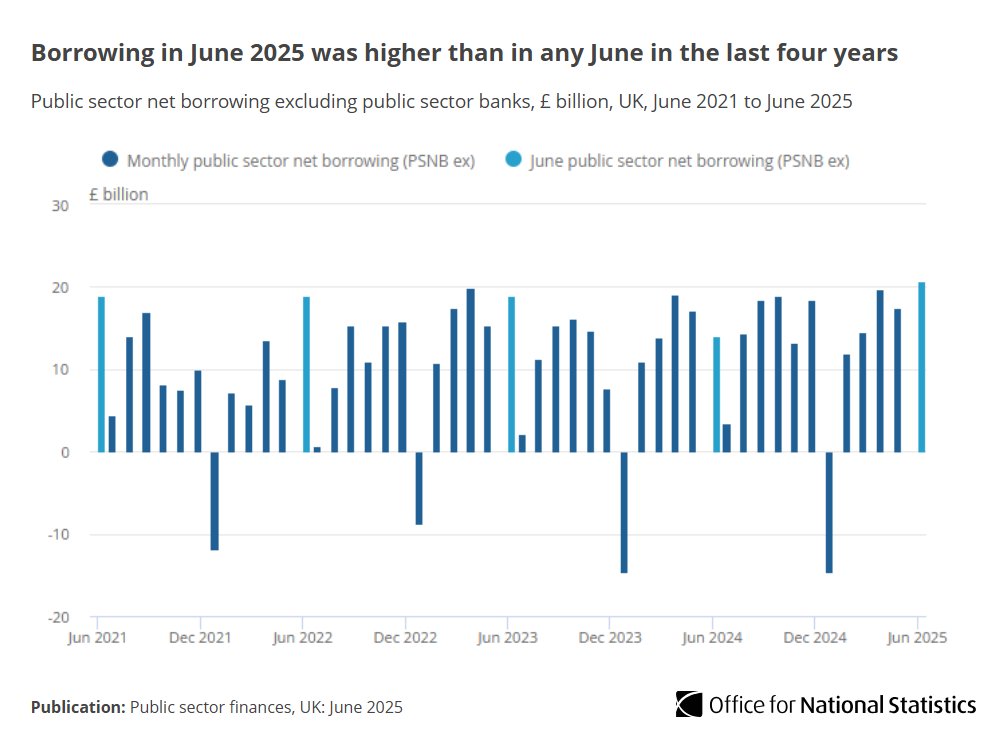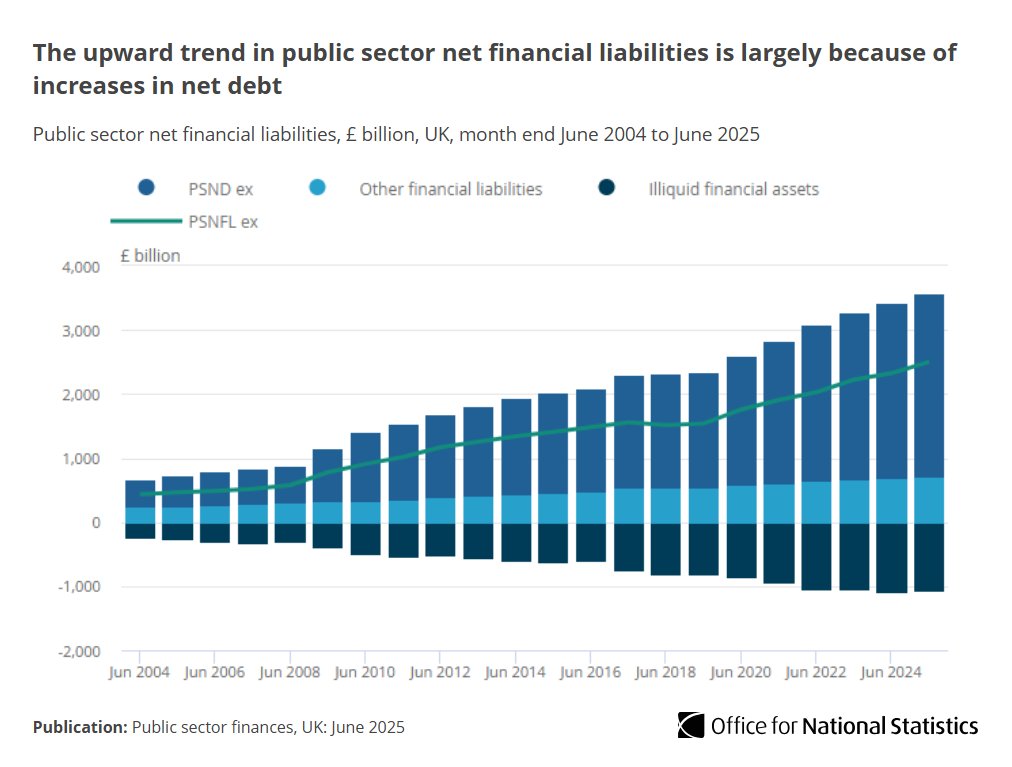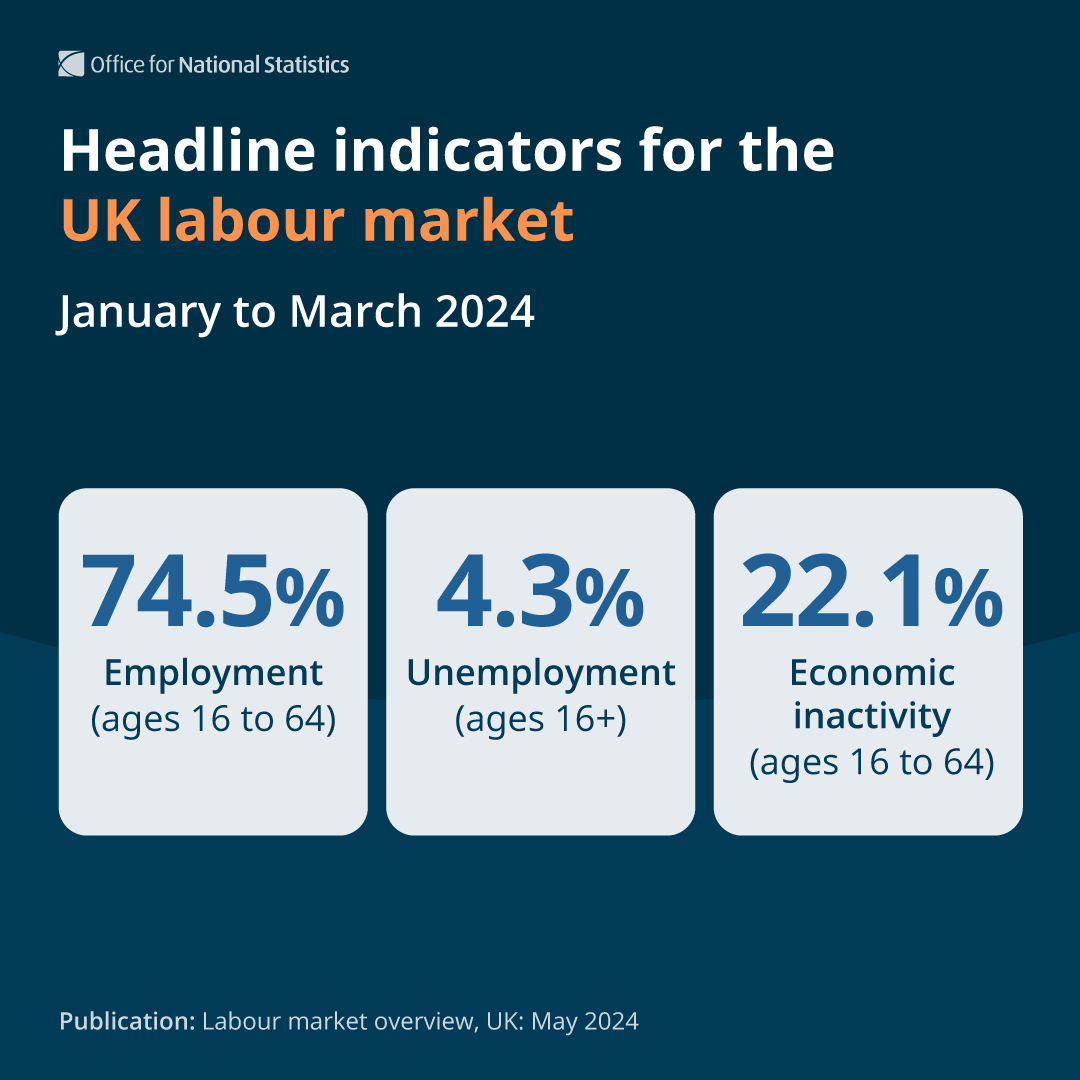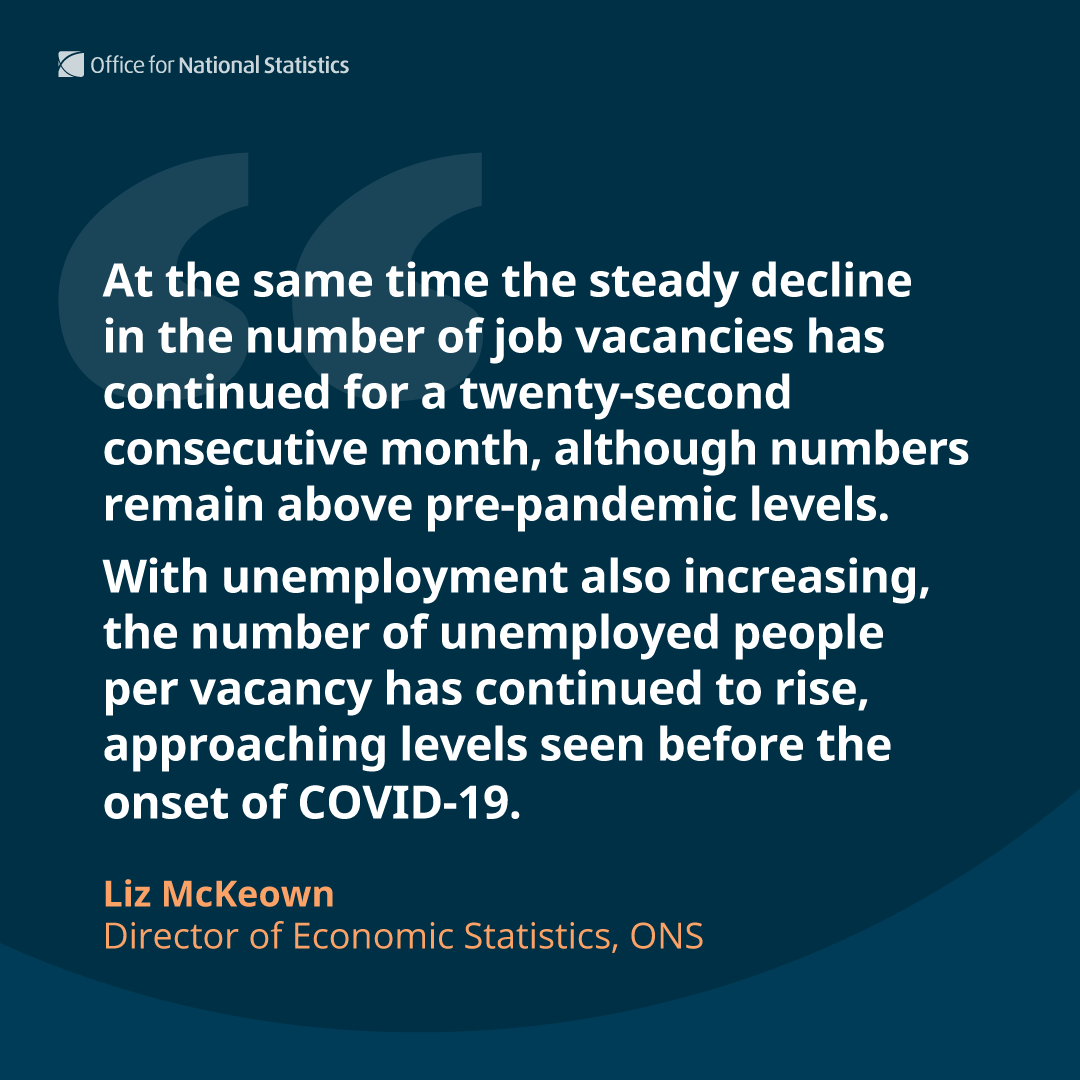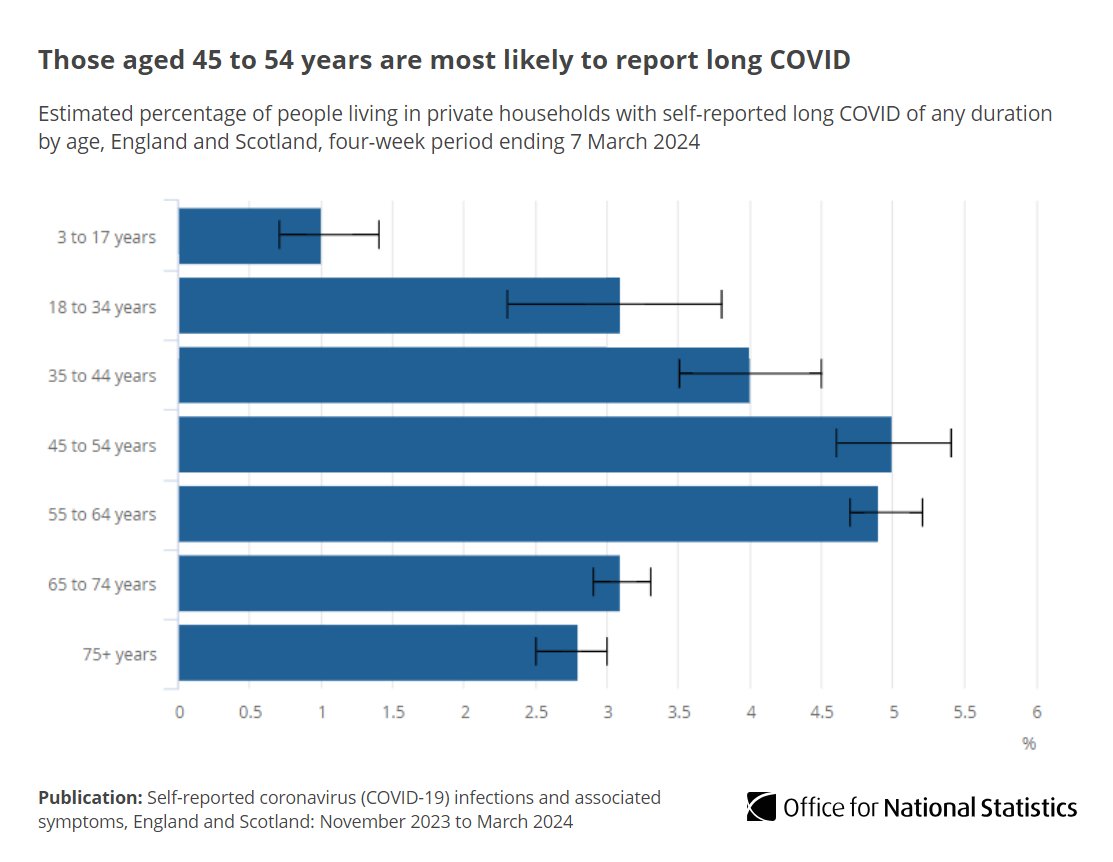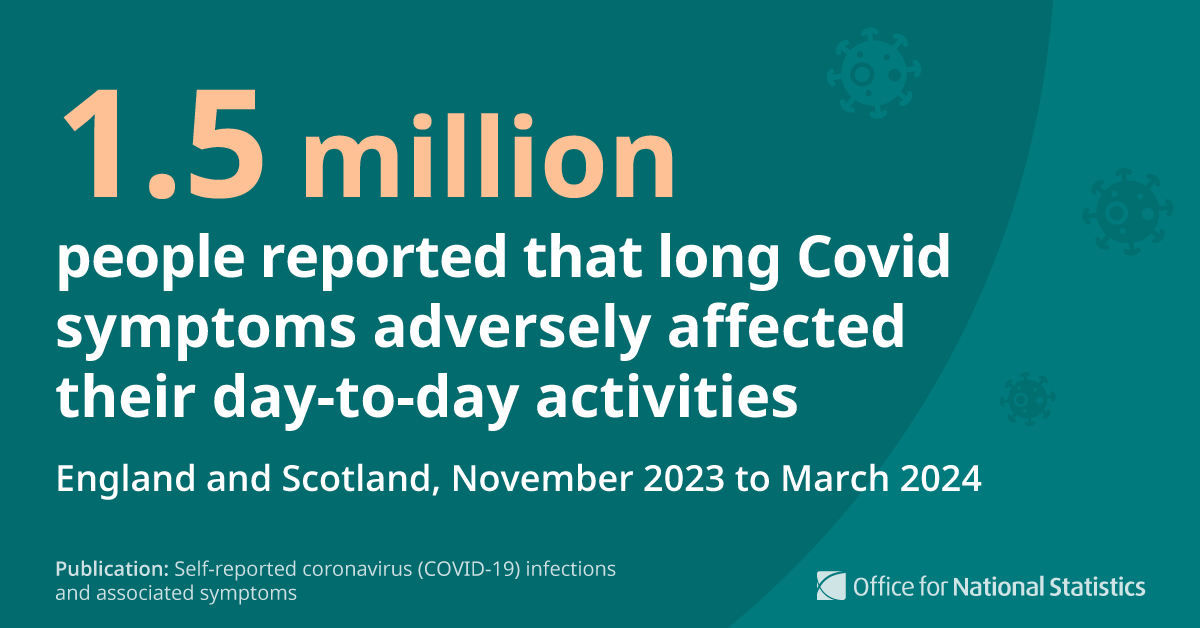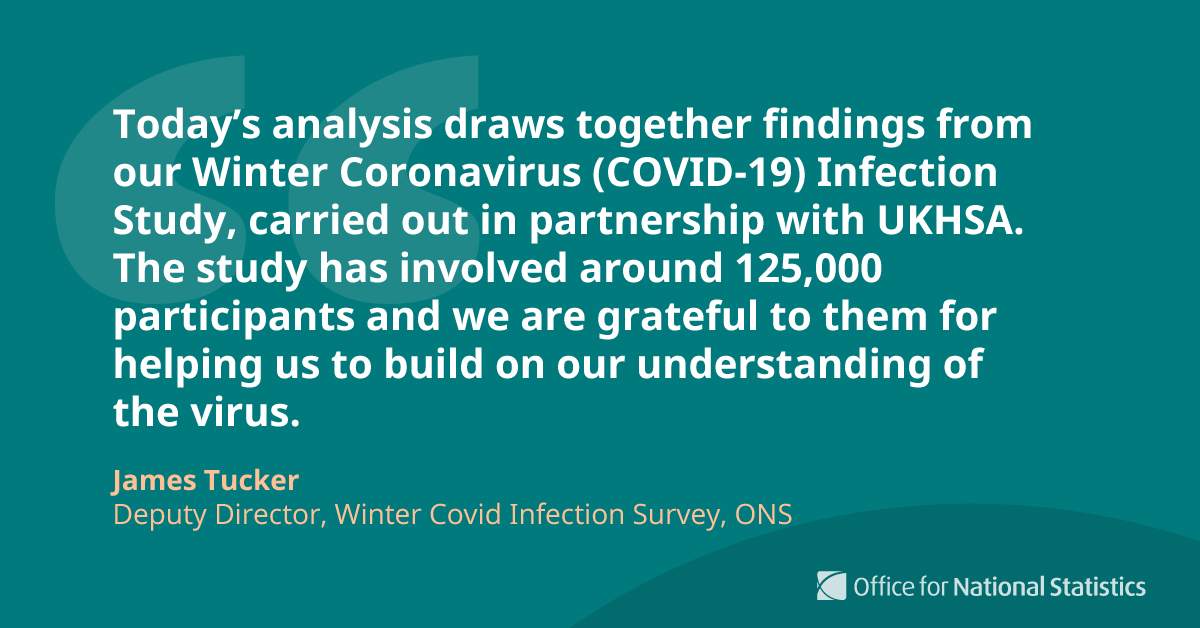GDP grew 0.6% in September but remains 0.6% below its pre-pandemic level:
▪️ services grew 0.7% (0.3% below)
▪️ manufacturing fell 0.1% (2.5% below)
▪️ construction grew 1.3% (1.0% below)
➡️ ow.ly/pPzf50GL4rH
▪️ services grew 0.7% (0.3% below)
▪️ manufacturing fell 0.1% (2.5% below)
▪️ construction grew 1.3% (1.0% below)
➡️ ow.ly/pPzf50GL4rH

Across the third quarter of 2021 as a whole GDP grew 1.3% following the continued easing of #coronavirus restrictions ow.ly/mMGf50GL4tC 

Total underlying goods imports grew £2.3bn (5.9%) in September led by a £2.2bn (11.2%) growth in imports from non-EU countries.
Total underlying goods exports grew £0.5bn (1.9%) in September 2021 led by a £0.7bn (5.7%) growth in exports to the EU ow.ly/jrmp50GL4Gl
Total underlying goods exports grew £0.5bn (1.9%) in September 2021 led by a £0.7bn (5.7%) growth in exports to the EU ow.ly/jrmp50GL4Gl

Read our new article showing how we produce monthly and quarterly GDP and why this has an impact on estimating where the economy is relative to its pre-pandemic level ow.ly/pJuH50GL8oj 

• • •
Missing some Tweet in this thread? You can try to
force a refresh






